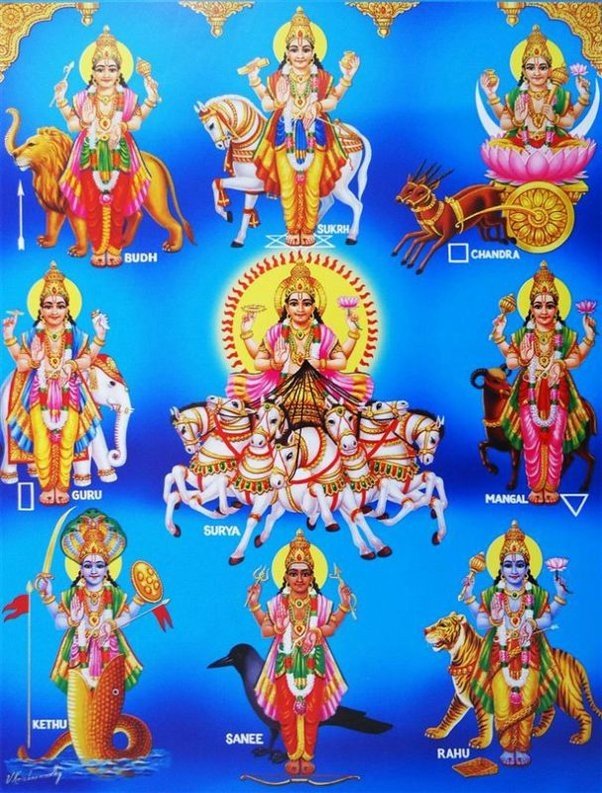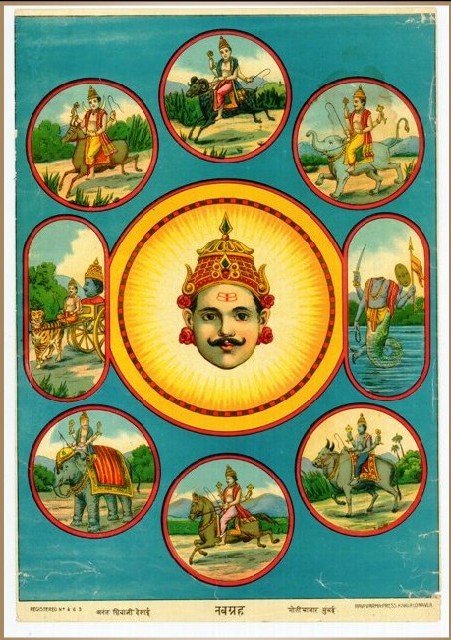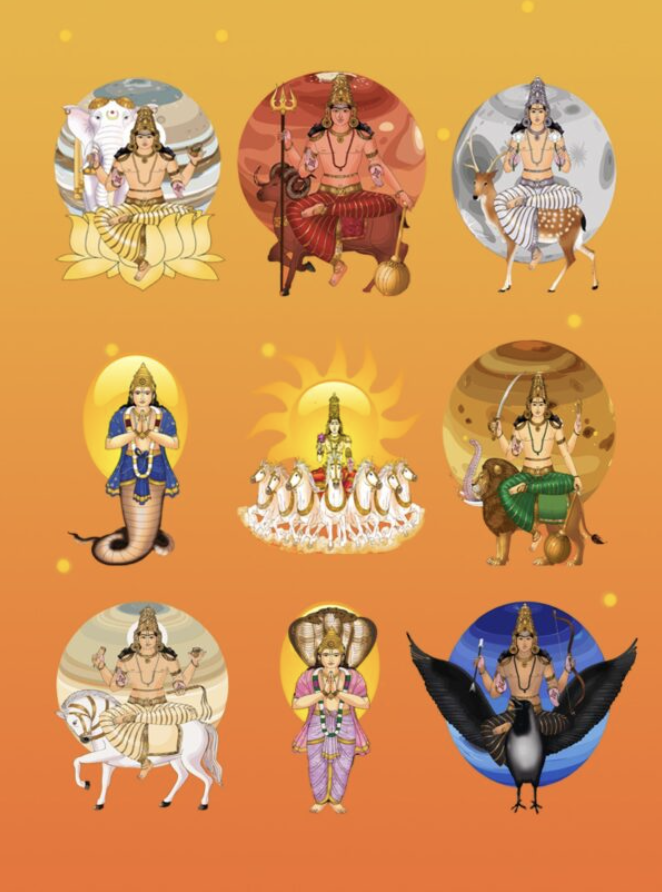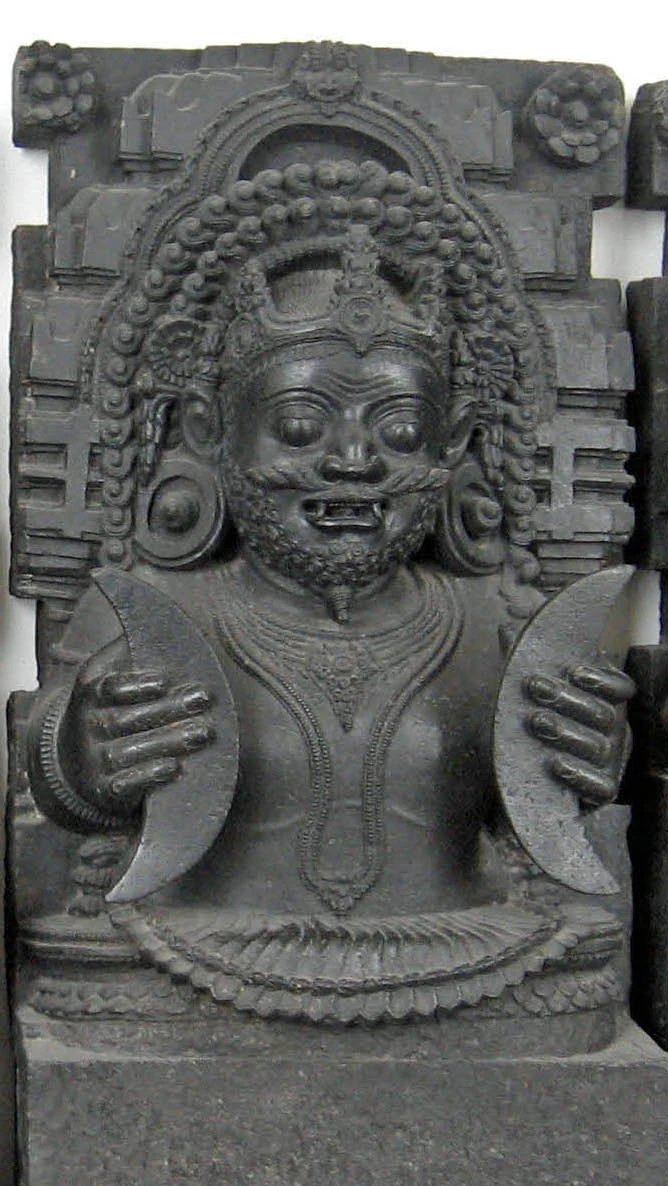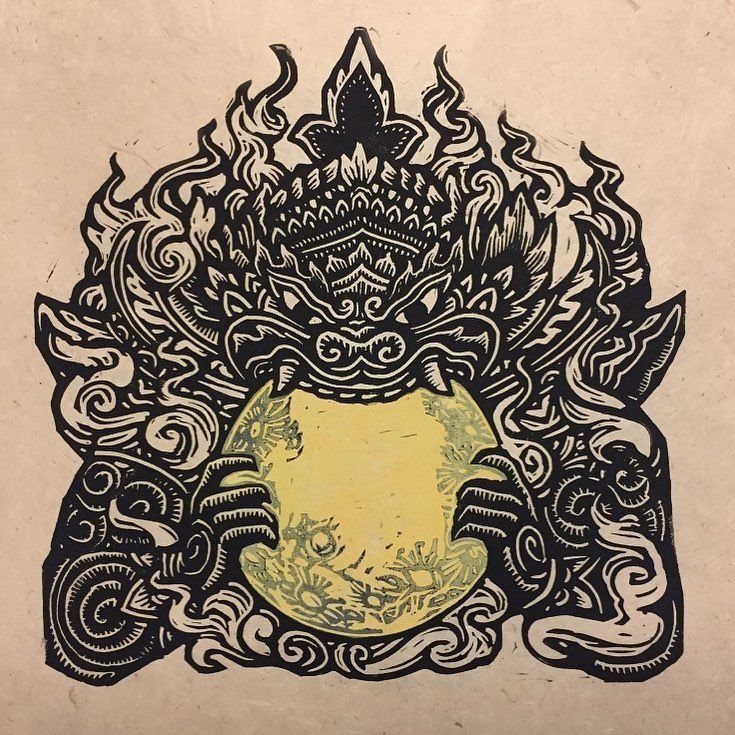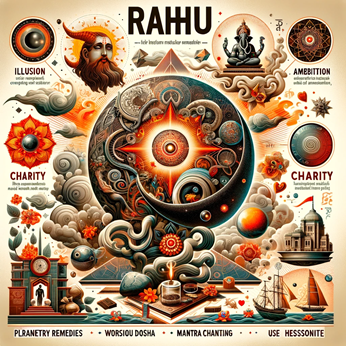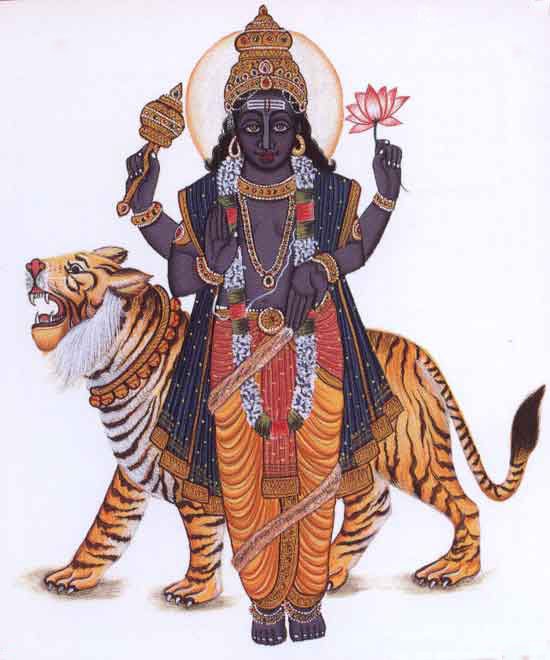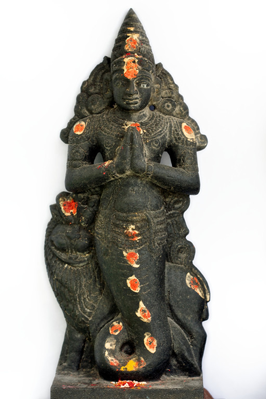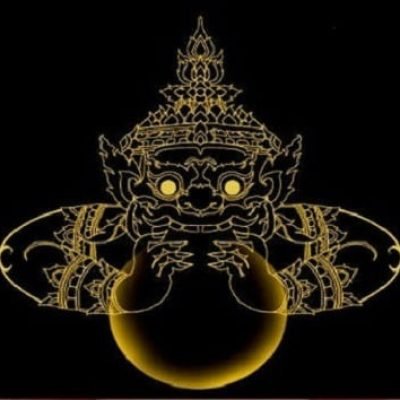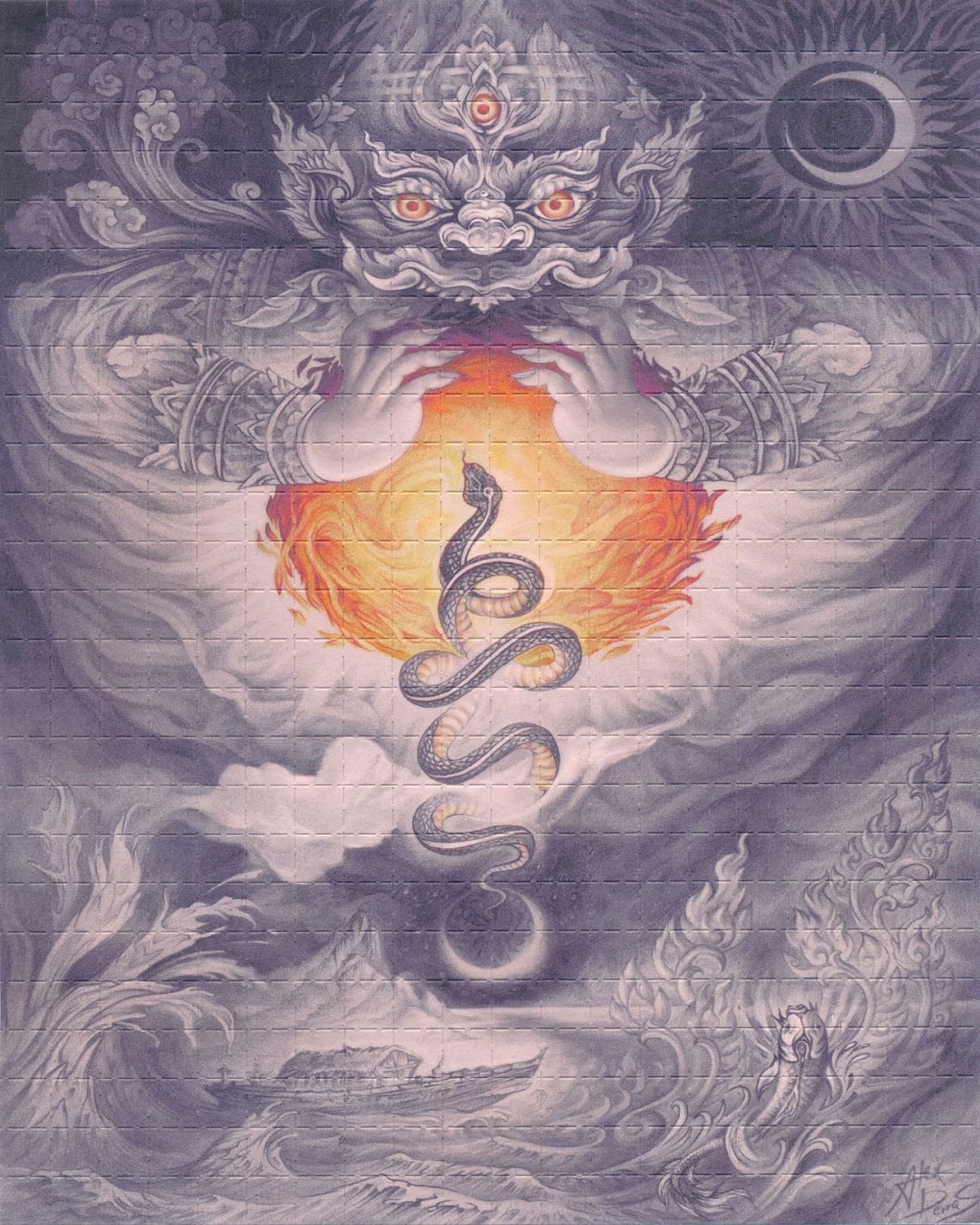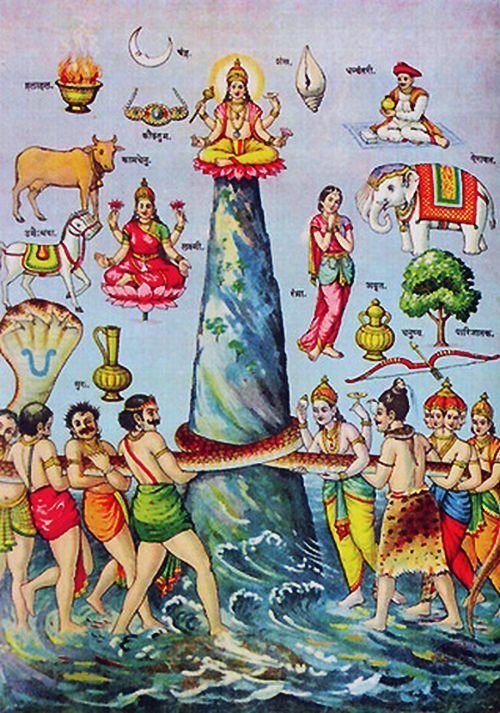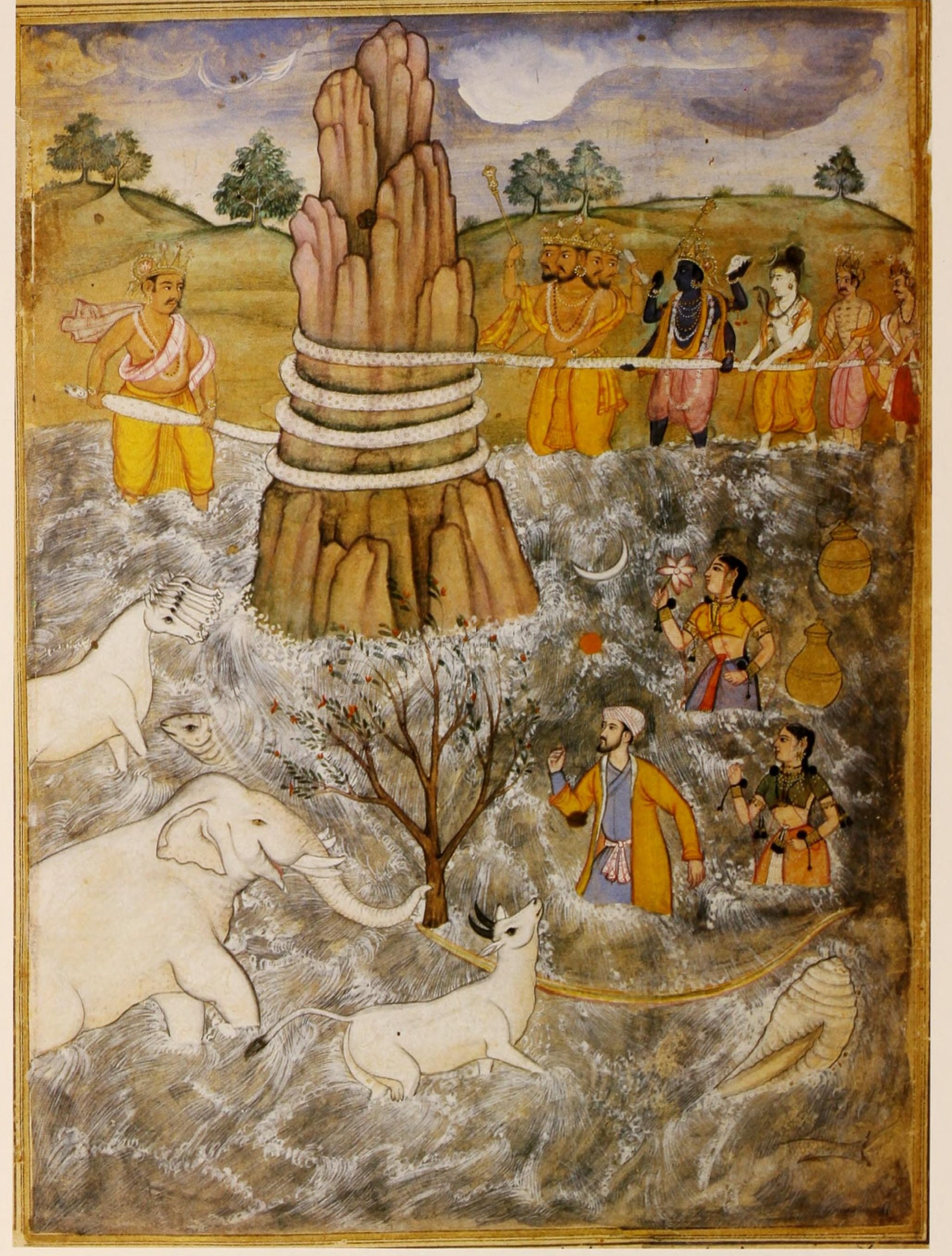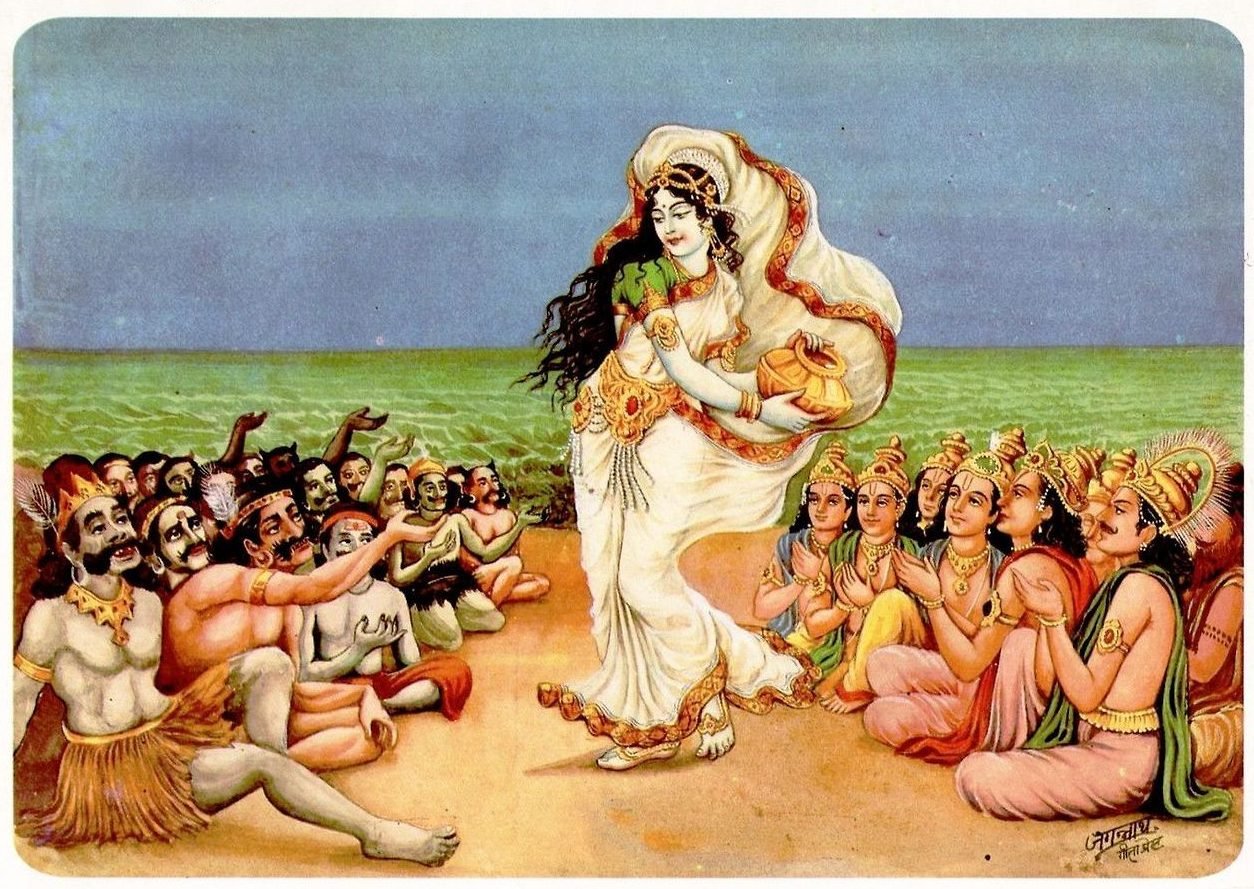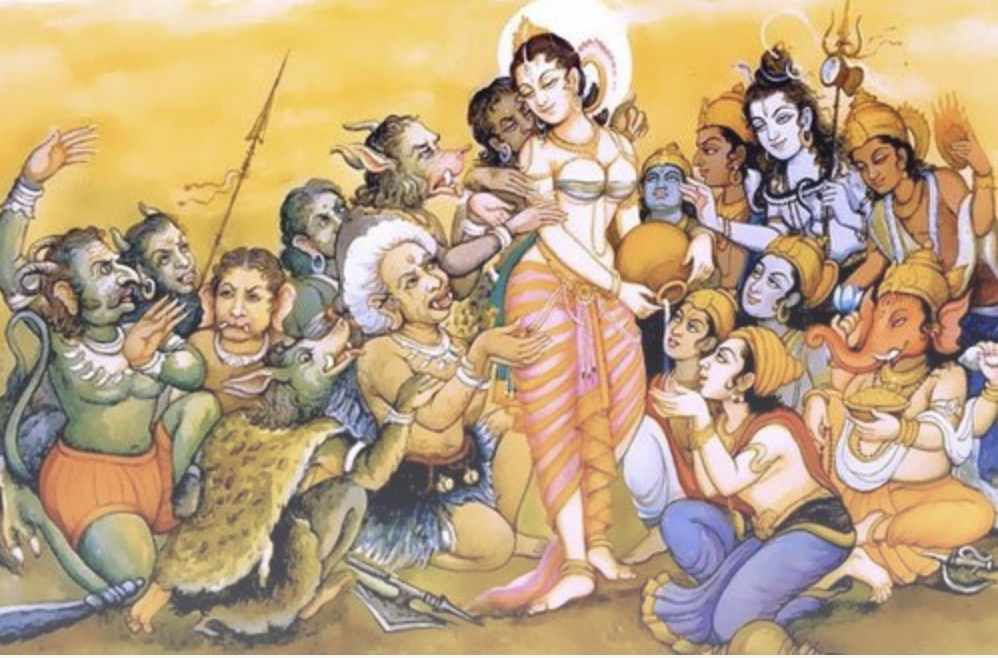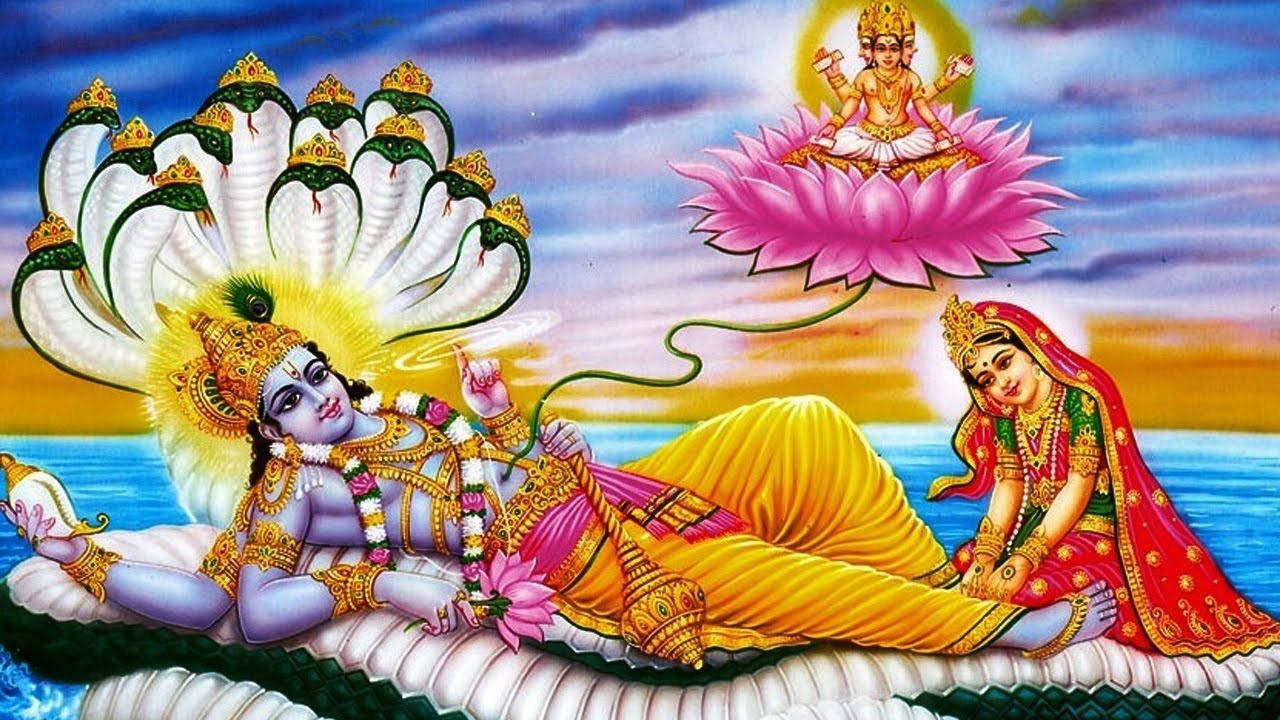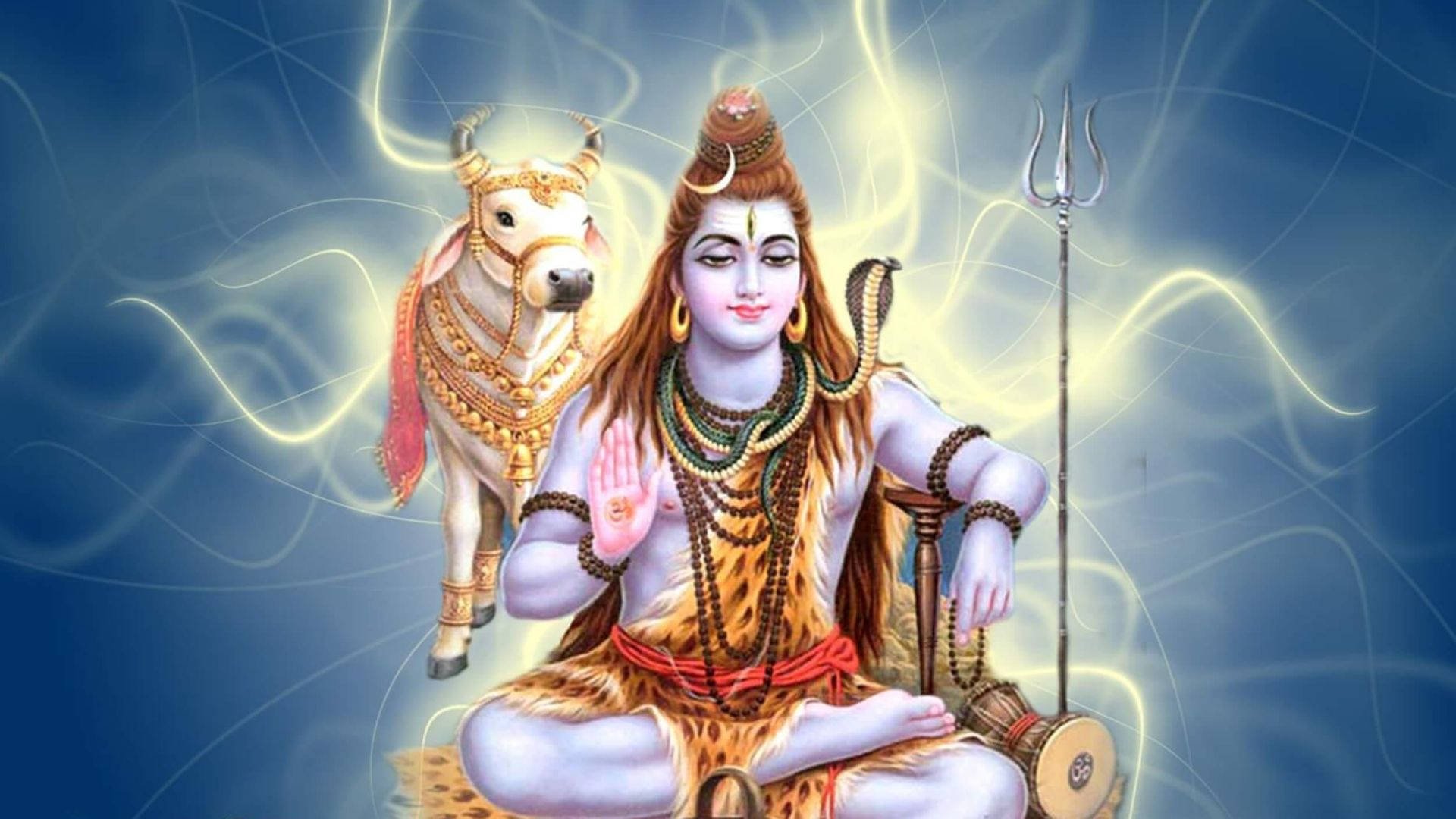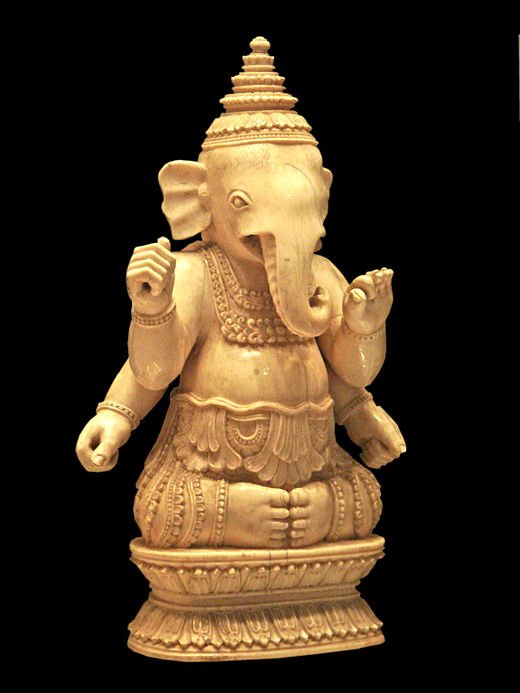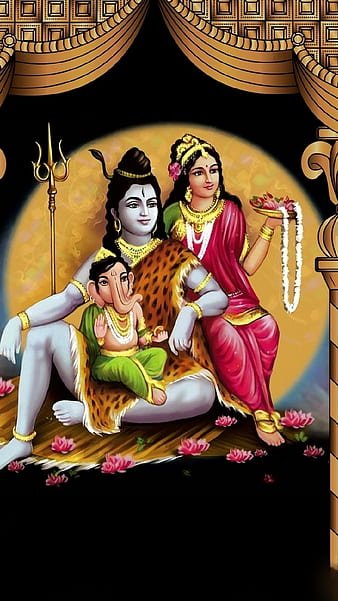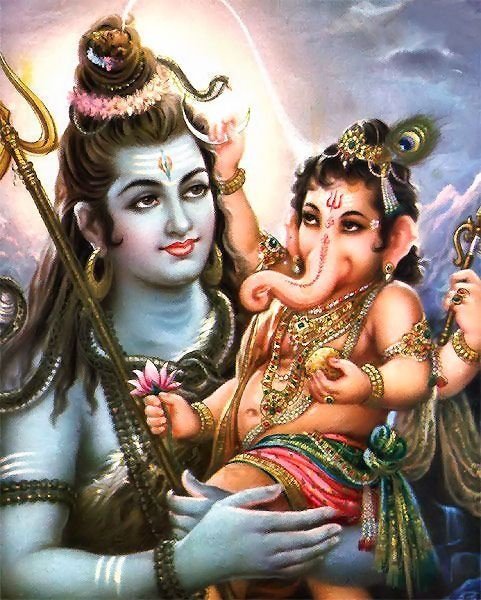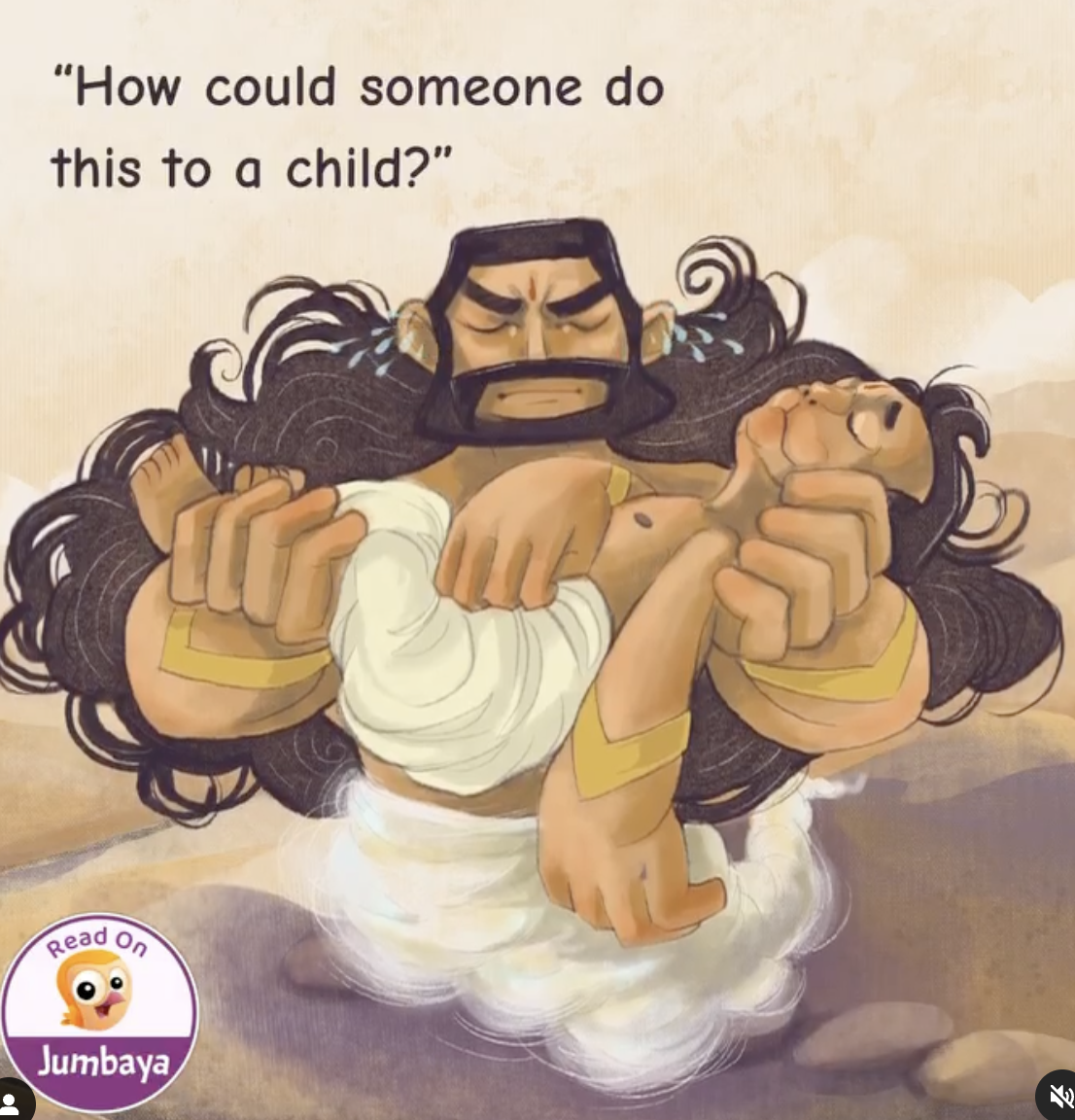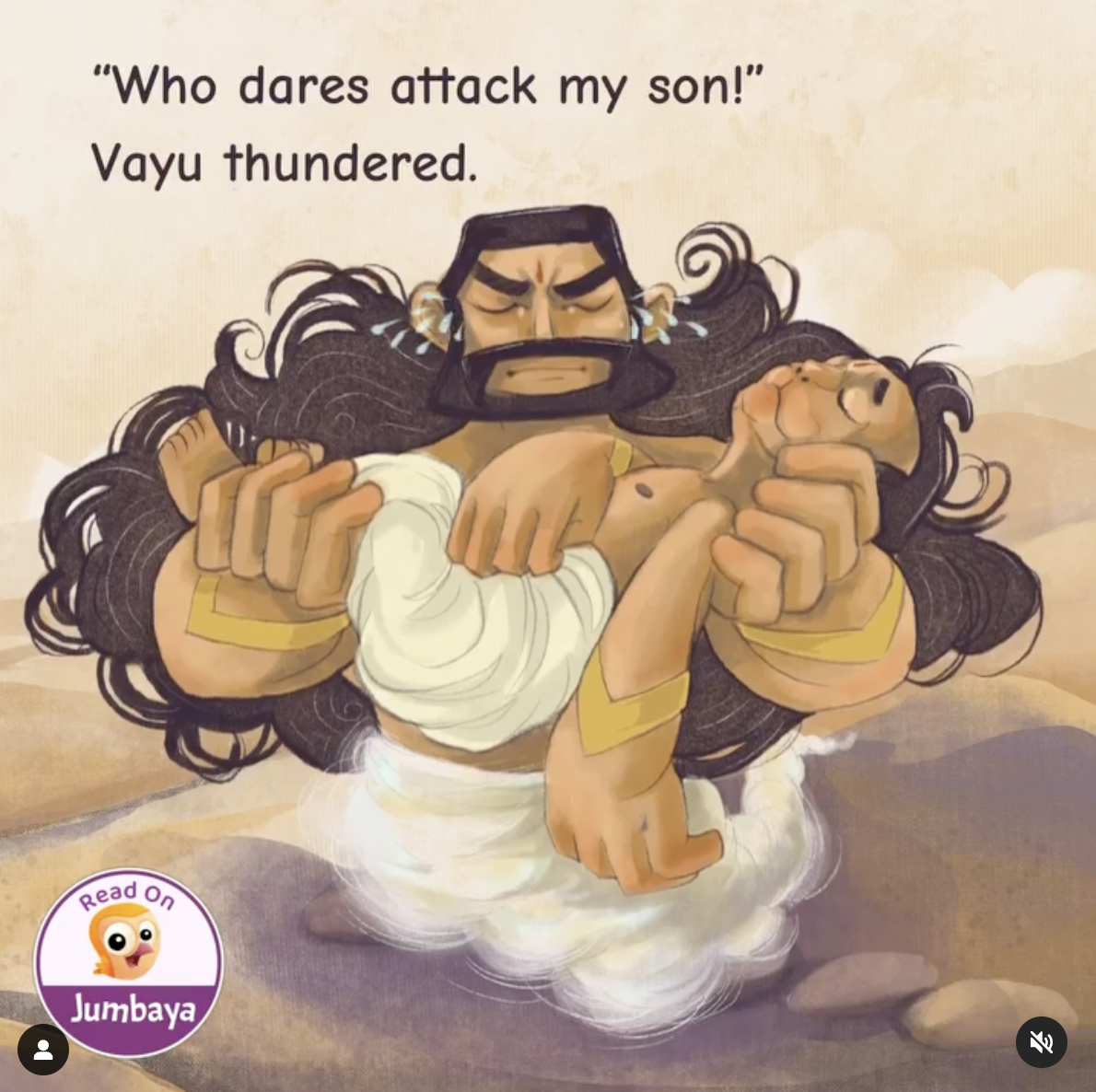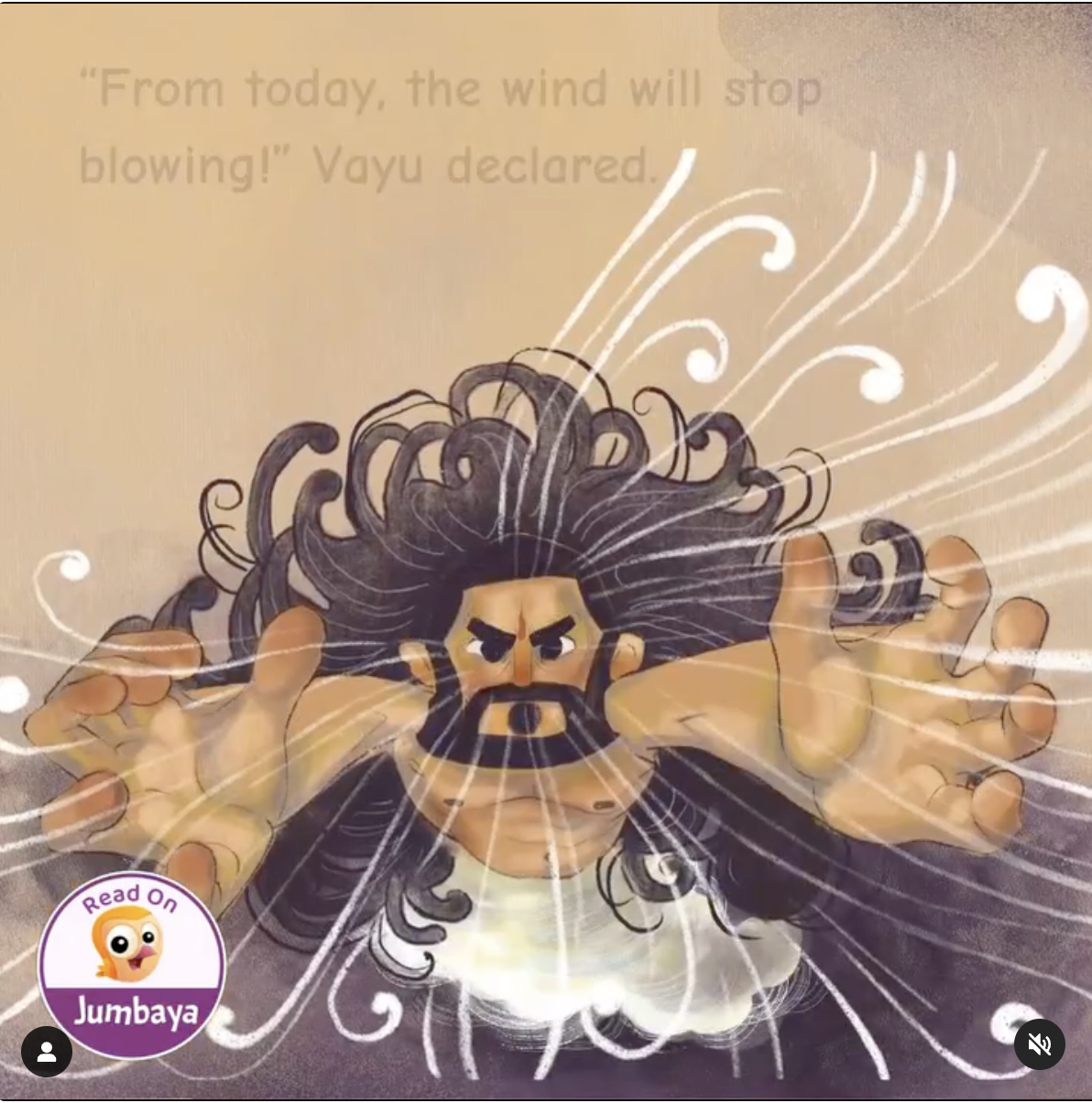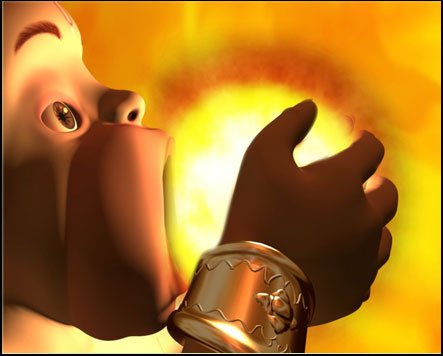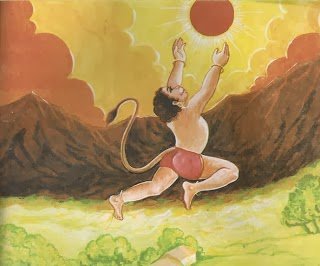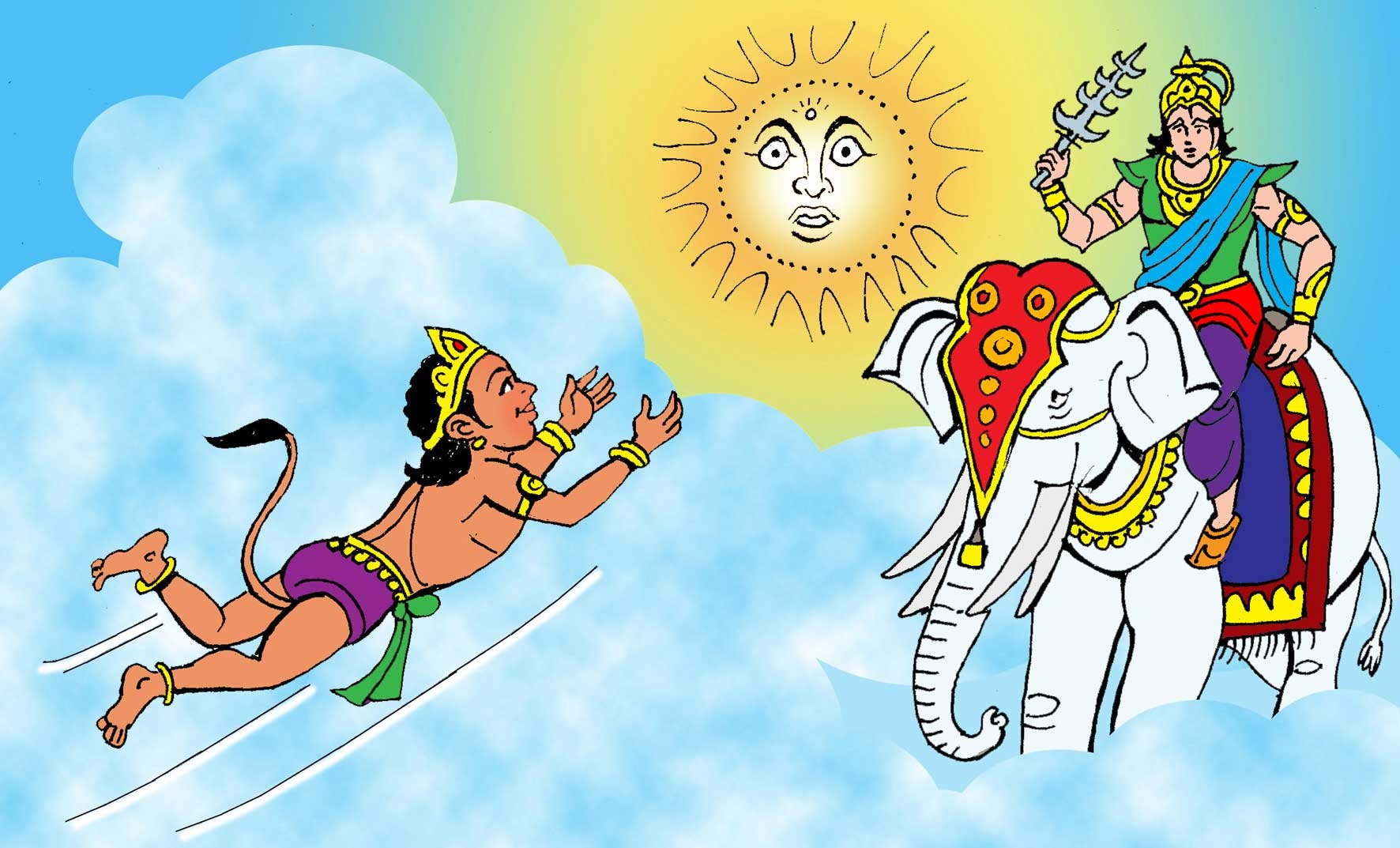Rahu - Friend or Foe? Solar Eclipses in Hinduism
Dedicated to my incredible father…..
CNN called and asked what Hindu rituals and traditions (I am the Hindu Chaplain/Spiritual Advisor of NYU) are regarding solar eclipses, the solar eclipse is Monday April 8th and will be visible in the United States. (Link to article)
Hinduism is the oldest religion in the world. It has no historical founder and even the name “Hinduism” is only 2,500 years old the real name of the faith is “Sanathana Dharma” or eternal way or eternal truth which was practiced 1,000s of years before.
“Hind” came from the Persian language after the ancient river Sindu which ran through what is now modern Pakistan. Persians couldn’t pronounce “Sind” so it became “Hind” so “Hinduism” literally means those folks who live on that side of the river!
Hinduism embodies diversity and complexity, reflecting varied beliefs across regions, communities, families, and personal belief systems. Rituals differ from South to North, East to West, mirroring the multitude of deities yet the belief in one formless, genderless divine, or even disbelief in divinity. The beauty of Hinduism lies in its ever-evolving diversity. With numerous scriptures in different languages, including the Vedas, Upanishads, The Gita, and Shastras etc., Hinduism rejects the notion of a singular holy book. Each scripture holds equal significance, with many orally revealed to sages and saints. Hindus enjoy the freedom to practice and interpret their faith according to personal understanding and belief.
BUT The fundamental principle remains constant: 'Ekam Sat' or 'Vasudhaiva Kutumbakam,' signifying the belief that all is One and the world is one family. In Hinduism, we perceive all faith traditions of the entire world as pathways to the same divine, viewing everything in this world as inherently divine and equal. The ultimate goal of a Hindu's life is to nurture faith in the divine, recognize the divine within oneself, serve others, and lead a life characterized by compassion, love, and peace.
The Navagraha are the nine celestial bodies and deities in Vedic (Hindu) astrology believed to influence human life on Earth. The term originates from the Sanskrit words 'nava' meaning 'nine' (Sanskrit: नव "nine") and 'graha' meaning (Sanskrit: ग्रह "planet, seizing, laying hold of, holding").
They include the sun (Surya), moon (Chandra), Mars (Mangala), Mercury (Budha), Jupiter (Brihaspati), Venus (Shukra), Saturn (Shani), Rahu (north node of the moon and responsible for Solar Eclipse), and Ketu (south node of the moon and responsible for Lunar Eclipse).
I've always been fascinated by the ancient knowledge of the 9 planets, particularly how South Asians discovered and understood them long before Europeans. In our colonized world, many discoveries and ideas from non-European societies often go unacknowledged. For instance, the planet Jupiter, discovered by Italian scientist Galileo Galilei, was known to ancient Indians as Brihaspati and mentioned in the Rig Veda, dating back to 1000 BC or earlier.
THEY KNEW THE EXISTENCE OF THE SOLAR SYSTEM LONG BEFORE THE WESTERN WORLD.
According to Rig Veda (Verse 1.35.9), ancient Indian civilization understood the dynamics of the solar system long before the Western world.
Early Understanding of Gravity: Rig Veda (Verse 10.22.14) reflects an early understanding of gravity. Despite lacking physical limbs, the Earth is described as moving, with other objects being moved along with it, including its rotation around the sun. The verse describes the sun's orbit and its ability to hold other celestial bodies in place through gravitational attraction.
Advanced Eclipse Science: Rig Veda (Verse 5.40.5) demonstrates knowledge of solar eclipses. It depicts an understanding of the astronomical phenomenon, with the Earth experiencing sudden darkness when the sun's light is obstructed by the moon.
These insights highlight the remarkable scientific knowledge of ancient Indian civilizations, which predated many Western discoveries.
Rahu and Ketu are not celestial bodies like planets but are instead lunar nodes associated with eclipses. Many people are apprehensive about their influence, just as they are about the planet Saturn, also known as Shani.
But I often question why?
Astrology is a lucrative profession, with trained astrologers mapping out individuals' lives from birth. The positions of planets like Rahu, Ketu, and Shani can dictate one's fate, prompting remedies like wearing specific rings, stones, (each of the 9 have a specific gemstone associated with them) or chanting mantras. By analyzing the planetary positions at birth, astrologers determine their impact on life, offering both positive and negative forecasts. Many people embrace astrology, wearing gemstones for protection or to enhance their lives based on astrological advice, making it a captivating and intriguing science.
UMM... I often find myself questioning the rationale behind attributing life's challenges to the positions of planets like Ketu and Rahu. How could events in my life be predetermined by celestial movements at the time of my birth? It seems to me that these are more societal constructs than divine interventions. (examples : one is not married because Ketu is in this position or one didn’t get a promotion because Rahu was turned that way)
A few years back, I visited an astrologer (gift from a friend) who suggested that I have unfavorable aspects of Ketu and Shani in my chart. He recommended wearing a sapphire and cat's eye ring to counter their effects, along with ceasing prayers and chants to any other deities. As an American with English as my first language, I cherish my ability to recite Sanskrit prayers daily and I do not want to forget that language. These rituals connect me with the divine, and I refuse to abandon them based on one uncle ji's advice.
I wore the rings as advised, but didn't notice any change. One day, while out with my Muslim friend, we encountered a homeless man who was hungry. Despite our dietary restrictions (she follows halal (pork is forbidden), I'm vegetarian), we bought him a pepperoni pizza. I lost one of the rings in the pizza parlor. The joy of helping someone in need transcended any material loss. Both Hinduism and Islam emphasize selfless service, and seeing the man happy and fed brought me more fulfillment than any ring ever could.
Personally, I wear a "Navarthana" ring adorned with stones representing these deities, not for astrological purposes, but to honor and match my beloved father, whom I deeply admire and respect. - My nail designs inspired by our rings
In many large Southern Hindu temples, there are nine statues of deities, each facing a different direction with the sun in the center, as dictated by scriptures.
During eclipses many South Indian Hindu Temples close because their belief is that eclipses are evil omens. Rituals include taking a bath, not going outdoors, and doing special prayers and pujas.
"Pariharam” is widely used in Indian astrology and spirituality, stating remedies to alleviate adverse effects of planetary positions. In Flushing, Queens, The South Indian Ganesha Hindu temple closes during eclipses, with announcements “Those who wish to perform Pariharam, please come in the evening” the key word being “Those who wish to” respecting individual choices, reflecting Hinduism's inclusivity.
Meanwhile, North Indian temples like Baps and Hare Krishna often remain open, showcasing diverse practices within Hinduism. This diversity underscores the belief that no prayer or ritual is inherently incorrect, highlighting the richness, inclusivity, and beauty of Hindu traditions.
It's astonishing how many North Indian Hindus are unaware of Southern Indian Hindu traditions. Like one particular book I read, which mentions only three temples dedicated to individual Navagraha deities like the Sun Temple in Konark, Northeast India, Tamil Nadu boasts nine ancient temples, each dedicated to one of these deities, dating back to at least 100 AD perhaps earlier!
It's also frustrating that much of the literature and online content about Hinduism is authored by individuals who lack firsthand experience or understanding of the faith. Often, these writers are not from India, haven't lived there, and may not have any personal connection to Hinduism or Hindu practitioners. This lack of authentic perspective can lead to misrepresentation and oversimplification of complex cultural and religious practices.
During the solar eclipse, the Tirunageswaram Naganathar Temple, dedicated to Rahu and Lord Shiva, remains open.
Personally, I've had the privilege of visiting six of these temples across Tamil Nadu.
Rahu & Ketu, the two major nodes of the moon are often misunderstood by people, and this is the reason why they fear them as well as Lord Shani.
Rahu, (solar eclipse) is often linked with disruption and rebellion. However, he also signifies the revelation of hidden talents, ambition, and leadership potential. While Rahu is associated with worldly desires, success, and recognition, his influence may lead to confusion and deceptive behaviors such as greed and addiction.
Ketu, (lunar eclipse), stands in striking contrast to Rahu. He symbolizes spiritual pursuits, detachment, and liberation, often leading to a life similar to that of a monk. Ketu signifies the pursuit of truth, wisdom, inner peace, and knowledge.
Shani, or Saturn, characterized by slow movement, yet he serves as a profound teacher imparting valuable lessons. There is no need to fear his influence. Everyone is always in a rush to make things happen, but trust the divine, everything happens in the corret time.
It's intriguing how these polar opposites, Rahu with a serpent body and Ketu with a serpent head, symbolize the importance of balance in life. They suggest that finding a middle ground between attachment and detachment is essential for living a fulfilling life. Balance is the key to achieving harmony and well-being.
In numerous Hindu scriptures recount the tale of the churning of the ocean, where divine beings or Devas (good) and demons or Asuras (evil) churned the ocean to produce the elixir of immortality, known as "Amrit." Lord Vishnu, a major deity in Hinduism, took the form of the enchanting woman Mohini to distribute the Amrit to the Devas, leaving out the demons (everyone is too awestruck by her beauty, mouths hanging open drooling).
One demon, Svarabhānu, disguised himself as a Deva to receive the Amrit but was exposed by Surya (sun) and Chandra (moon) and had his head severed by Lord Vishnu. Due to his partial consumption of the elixir, compassionate Lord Vishnu placed him in the sky as Rahu and Ketu, symbolizing his immortal yet divided state.
However, Rahu and Ketu harbor resentment towards the Sun and Moon for exposing their deception. This resentment is believed to manifest in solar and lunar eclipses, symbolizing Rahu and Ketu's attempts to devour the Sun and Moon as retribution.
It’s interesting that Rahu/Ketu are represented by snakes and not any other creature.
Lord Vishnu reclines on the divine serpent "Sesha," whose name signifies "he who remains," from the Sanskrit root śiṣ. Even with the destruction of the world at the end of each kalpa (cycle), Sesha remains unchanged. The nine planets are said to dwell within his hood, symbolizing unwavering faith in the divine or Lord Vishnu.
Vasuki, the king of the nagas or serpents, serves as the rope in the Churning of the Ocean. However, his poison threatens to engulf the world (poor guy was being used as a rope to churn, so of course he’s going to spit out venom). Lord Shiva, consumes the poison, earning him the title "Nilakantha," meaning one with a blue throat. Lord Shiva in his benevolence, wears Vasuki around his neck perhaps to calm him down. This shows overcoming fear (most folks are afraid of poison and snakes) and placing unwavering faith in the divine. Lord Shiva is also the controller of all nine planets, so why worry if you have faith in Mighty Shiva?
Lord Ganesha & Lord Hanuman - Keepers of the Navagraha
Ganesha, revered as the foremost deity in Hinduism, holds a significant role in all prayers and rituals, nothing begins without a prayer to him first. As the son of Lord Shiva, he wears a serpent around his stomach, symbolizing his mastery over the Navagrahas residing within him. With unwavering faith in Ganesha, all negative influences of the Navagrahas are nullified. Ganesha's colossal form represents the paramount importance of faith in the divine. As the Lord of Wisdom and remover of obstacles, he embodies the essence of knowledge essential for success. Lord Shiva's decision to bestow Ganesha with unparalleled reverence emphasizes the unconditional love between a father and his son. So why worry about the influence of any planet if you are a Ganesha devotee?
Hanuman, the embodiment of physical strength and unconditional love, serves Lord Rama, the seventh incarnation of Lord Vishnu to earth, selflessly. As an innocent child he once mistook the rising sun for a fruit and leapt towards it in an attempt to eat it. (He’s a child, he’s hungry, honest mistake) Rahu warned Indra, the king of the devas, who reacted by throwing his thunderbolt at Hanuman, causing him to fall unconscious to earth. Witnessing his son's plight, Hanuman's father, Lord Vayu (lord of air/wind/breath), enraged, ceased the flow of air, jeopardizing mankind.
The Gods implore Lord Vayu to restore life on earth, he is compassionate and does so not before Hanuman is bestowed with boons, that he will have immense strength, courage, be able to change is form at will. I love this story about a father’s immense love for his kid and that the divine is limitless like Mighty Lord Hanuman who can leap across the skies and achieve anything.
In the Hindu epic Ramayana, Hanuman, displays his unwavering courage and compassion when he rescues Shani (Saturn) from imprisonment by the demon Ravana. In gratitude, Shani declares that anyone devoted to Hanuman will be liberated from his malefic influence. This is Hanuman's divine prowess and strength, as all nine Navagrahas, are said to reside on his tail. This is the limitless nature of the divine, embodied by the mighty Lord Hanuman, who can overcome any obstacle and accomplish the extraordinary. So have strength, courage, and faith like Lord Hanuman, one can achieve anything!

